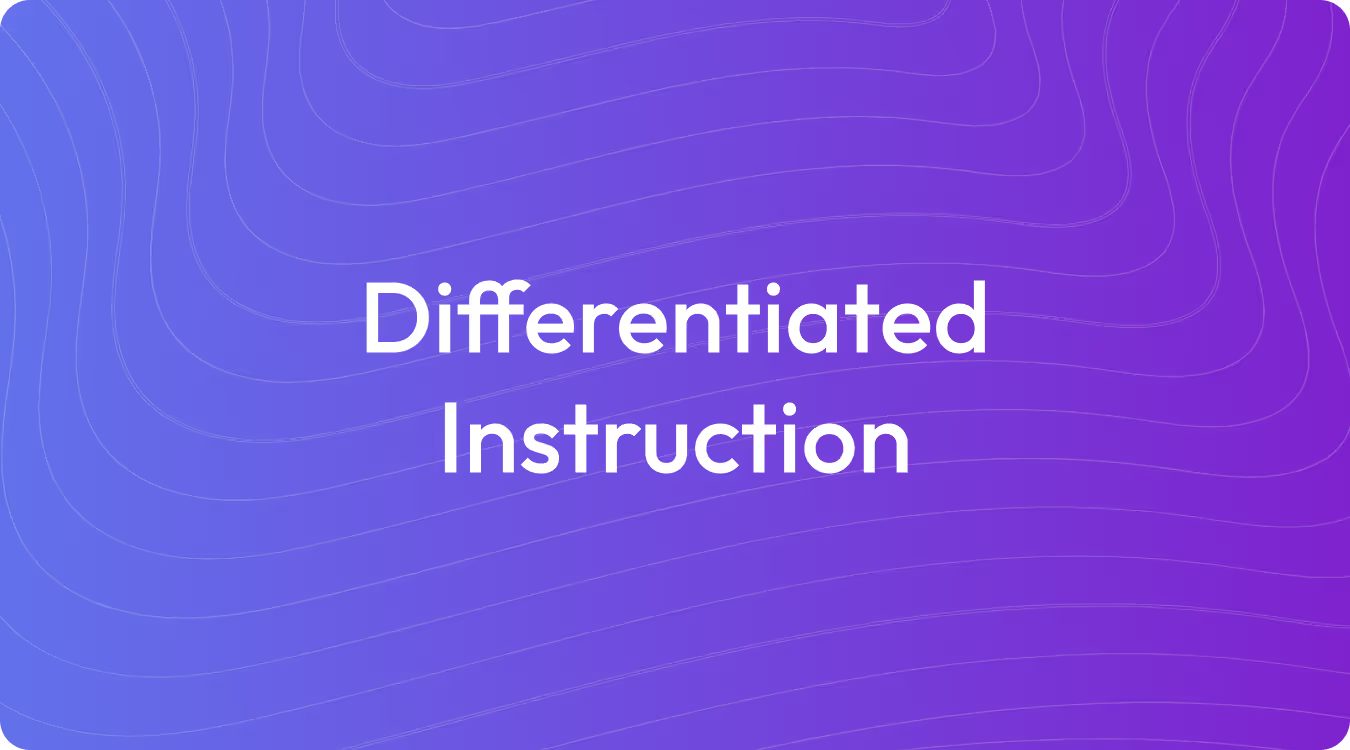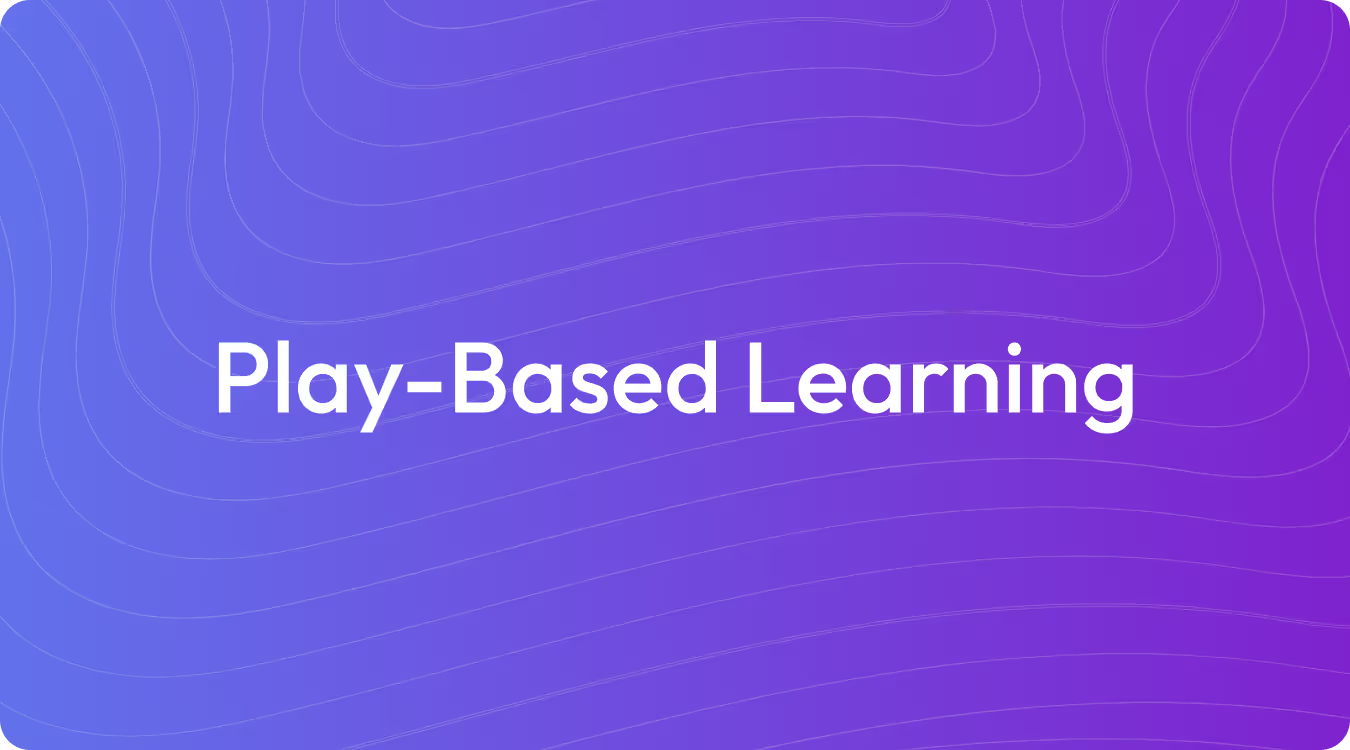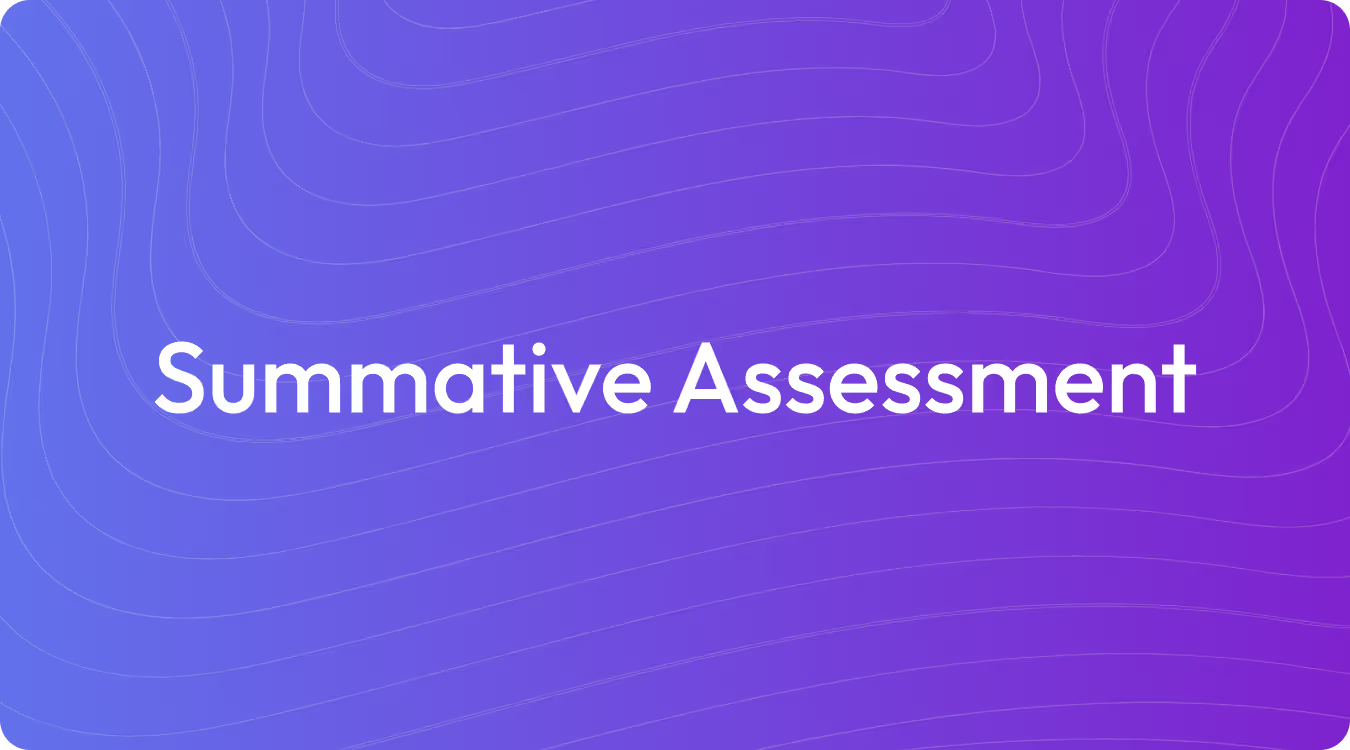What Is Oracy?
-min.png)
What Is Oracy?
Simply put, oracy is the ability to communicate effectively through spoken language. It involves explicitly teaching students speaking and listening skills, placing it right alongside literacy and numeracy as a core academic pillar. This means students learn not only how to articulate their ideas with confidence but also how to use discussion to deepen their understanding across all subjects. Oracy gives students the tools to engage with others, develop their thinking, and find their voice in the classroom and beyond.
.png)
Oracy Strategies and Activities
Implementing oracy in the classroom involves a set of planned strategies and activities designed to build students' speaking and listening skills. These approaches help create a structured environment where students can practice communication.
Effective strategies focus on both speaking and listening, from teaching active listening to structuring group discussions. The goal is to provide students with clear guidelines and opportunities to practice expressing their ideas and responding to others.
Here are some strategies and activities for developing oracy:
- Model Oracy: Teachers can demonstrate effective communication by modeling good listening, appropriate tone, and positive body language.
- Structured Discussions: Provide clear guidelines for discussions and group work, such as taking turns, building on the ideas of others, and disagreeing respectfully.
- Teach Active Listening: Instruct students on how to be active listeners by using eye contact, nodding, and other non-verbal cues to show they are engaged.
- Public Speaking Practice: Support students in delivering presentations or participating in debates, starting with topics they are comfortable with.
- Talk-Based Tasks: Begin lessons with a specific task centered around talking, such as a group discussion on a set topic.
- Define Talk Roles: Establish and explain different roles students can take during a discussion to help structure the conversation.
- Deepen Vocabulary: Encourage students to read widely and discuss the nuances of language to expand their vocabulary for communication.
- Use a Skills Tracker: A tracker can help students and staff focus on developing specific oracy skills, like compromise or polite disagreement.
- Self-Assessment and Reflection: Encourage students to evaluate their own performance in speaking and listening to identify areas for improvement.
- Create an Inclusive Environment: Foster a classroom space where students feel comfortable expressing their ideas without judgment.
Oracy Benefits
Building students' speaking and listening skills can produce a range of outcomes in their academic and personal lives. These skills are connected to student confidence, social interaction, and future opportunities. Understanding these effects can help you make informed decisions about curriculum planning.
Students with developed oracy skills may show improved academic results and better social-emotional well-being. Conversely, a lack of these skills is associated with challenges in communication, which can affect school performance and personal development.
Here are some of the reported outcomes associated with oracy education:
- Academic Achievement: Research indicates a connection between oracy skills and higher exam results, particularly for students from disadvantaged backgrounds.
- Employability: Communication skills are frequently rated as a high priority by employers, and developing oracy is seen by teachers as a way to make students more employable.
- Confidence and Wellbeing: An explicit focus on oracy can lead to increased student confidence, self-awareness, and a greater sense of wellbeing.
- Social Equity: Oracy education is suggested to have a notable impact on disadvantaged students, potentially narrowing attainment gaps.
- Student Engagement: When students are given structured opportunities to speak and listen, they may show increased participation and find learning more enjoyable.
- Critical Thinking: Classroom talk and discussion-based activities can support the development of reasoning and metacognitive skills.
- Relationship Building: The ability to communicate effectively helps students make friends, collaborate with peers, and resolve conflicts.
- Access to Support: Articulating one's needs is a key skill for accessing services and support, both within school and in wider society.
- Civic Participation: Oracy skills equip students to participate in discussions, understand different viewpoints, and engage in democratic life.
- Inclusion for SEND Students: Universal oracy provision can help students with Speech, Language, and Communication Needs (SLCN) and other special educational needs to better access the curriculum.
Oracy Examples
Oracy examples often take the form of structured activities, games, or prompts. These tools are designed to give your students a framework for practicing their speaking and listening skills in the classroom.
Developing oracy is associated with a number of outcomes. These can include the ability to articulate ideas, reason through complex topics, and collaborate with others.
Here are a few examples of oracy activities and prompts you can adapt for your classroom:
- Sentence Starters: Providing students with specific phrases to begin their spoken responses, which can help structure conversations and guide participation
- Open Discussion Questions: Posing open-ended questions to the class for group discussion to encourage critical thinking and the sharing of different viewpoints
- Fillers Beware: A competitive game where students speak for a set time on a topic while trying to avoid using filler words like "um" or "like" to promote fluent speech
- Routines Corner: A designated classroom area with tools like a weather chart or attendance register that prompts daily speaking activities for younger students in a familiar context
- For and Against: An activity where students receive a statement and must formulate an argument both for and against it, encouraging them to consider multiple perspectives
Oracy Best Practices
Establishing effective oracy practice involves a set of recognized approaches for building speaking and listening skills. These practices often focus on making the teaching of talk explicit and integrating it across different subjects, rather than treating it as a by-product of other learning.
Implementing these practices on a wider scale often involves a whole-school approach, where oracy is integrated into the curriculum beyond just one subject. This typically includes professional development for staff and a shared understanding of the school's goals for student talk.
Here are some common oracy best practices:
- Explicit Teaching: Teach speaking and listening skills with the same structure and importance as reading and writing.
- Structured Talk: Use established discussion formats and routines to promote focused and productive classroom dialogue.
- Scaffolding Support: Provide tools like sentence starters, discussion roles, and key vocabulary to help all students participate in conversations.
- Whole-School Integration: Embed oracy into all subjects, making it a shared responsibility among all teachers and part of the school's culture.
- Authentic Contexts: Create real-world opportunities for students to practice their skills, such as through presentations, debates, or exhibitions.
Teach with TeachShare
Oracy gives students the skills to articulate ideas and deepen their understanding through talk, creating a more effective classroom for everyone. At TeachShare, we integrate these principles directly into our platform; our Boosts feature adds research-backed strategies like structured talk to your resources in a single click, helping you design with purpose. Start creating resources with TeachShare now.
Frequently Asked Questions
Answer







